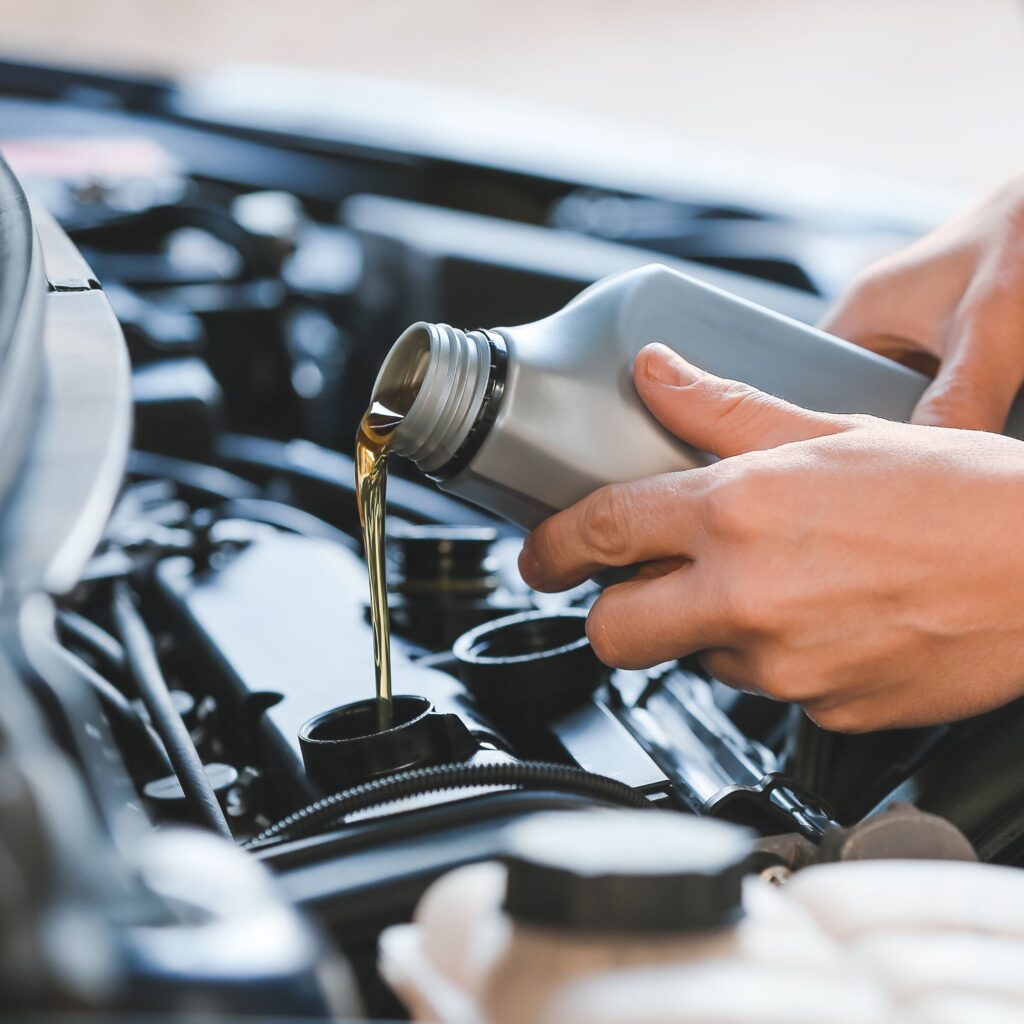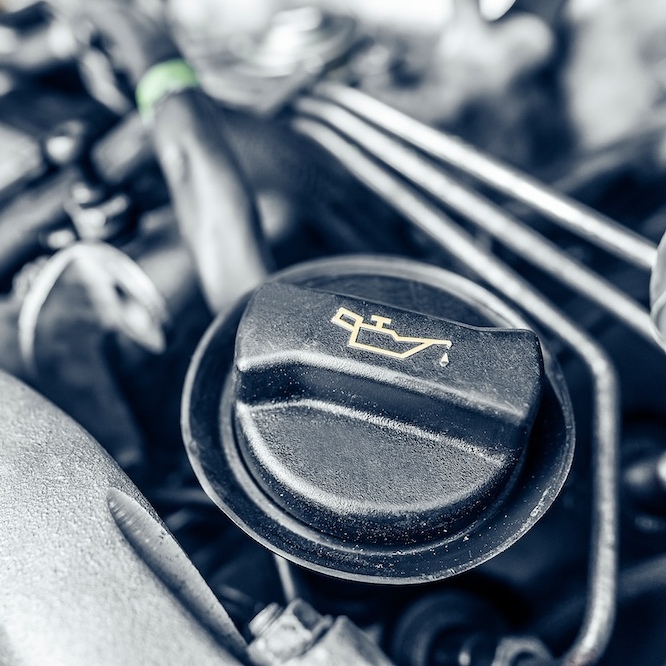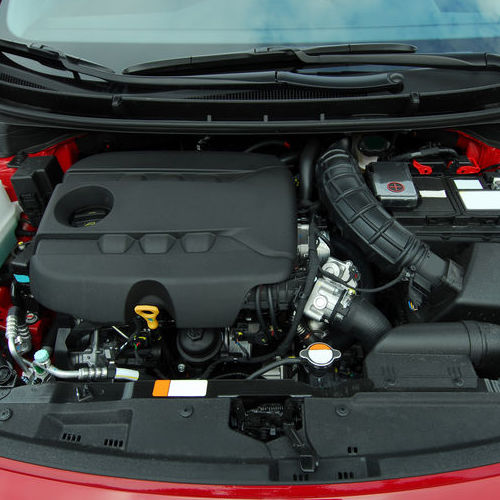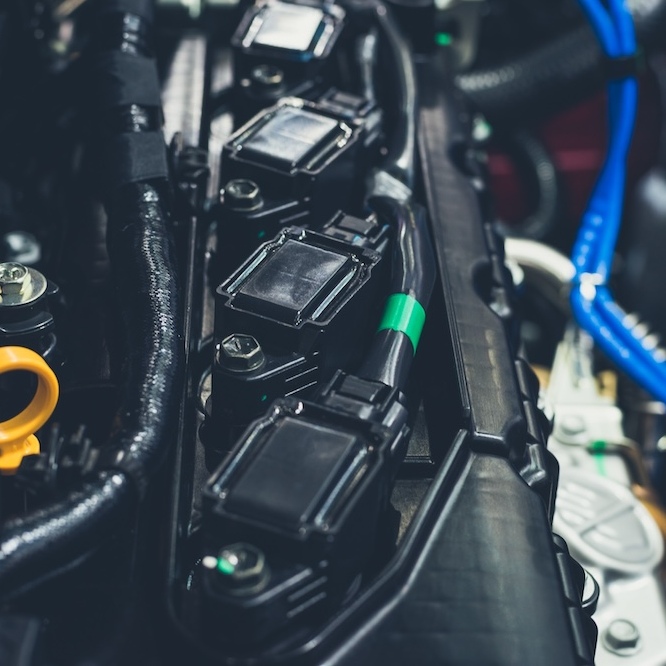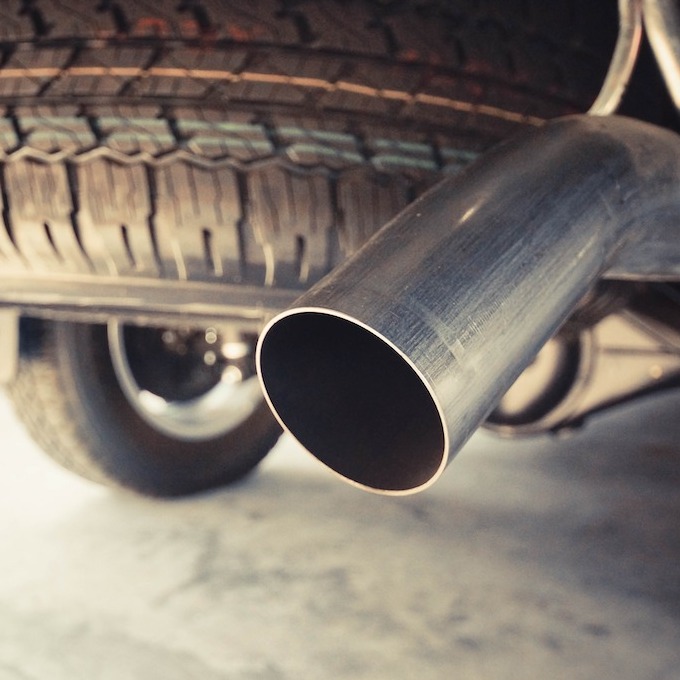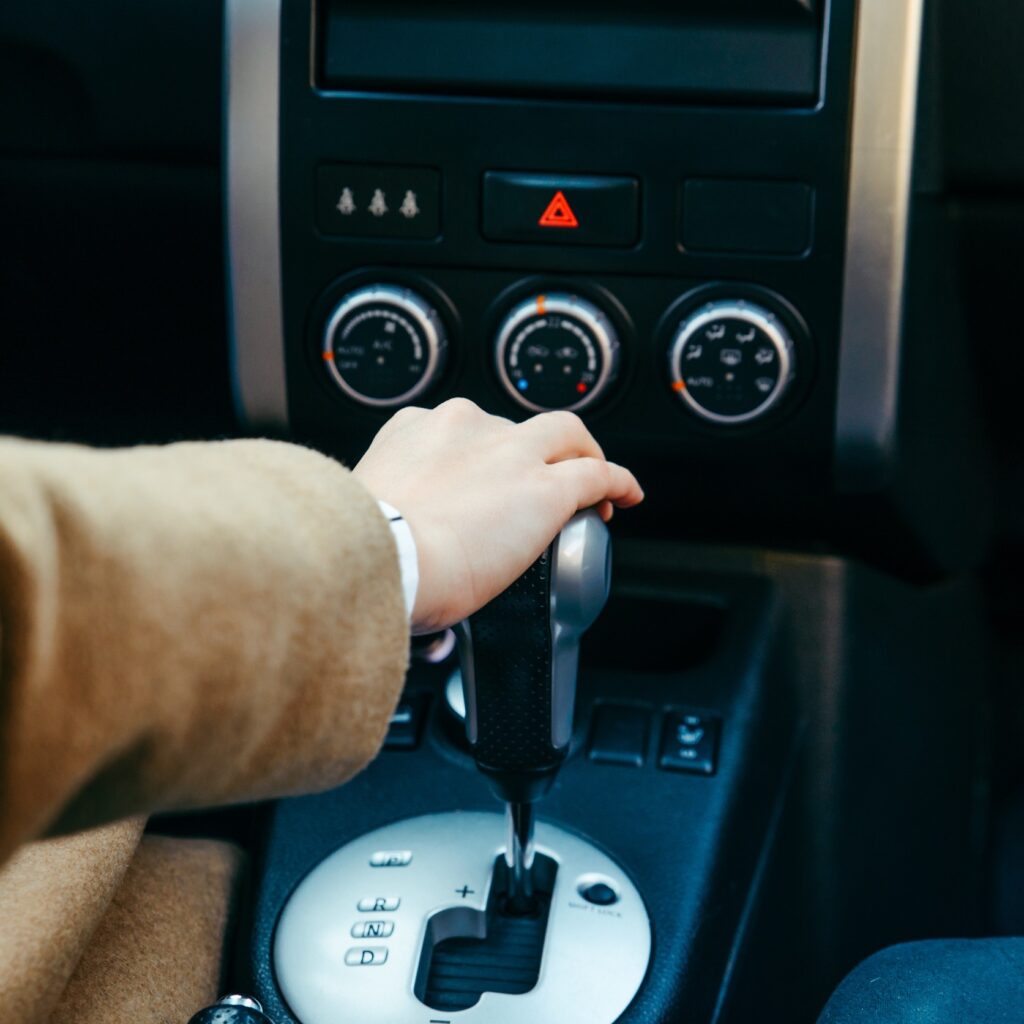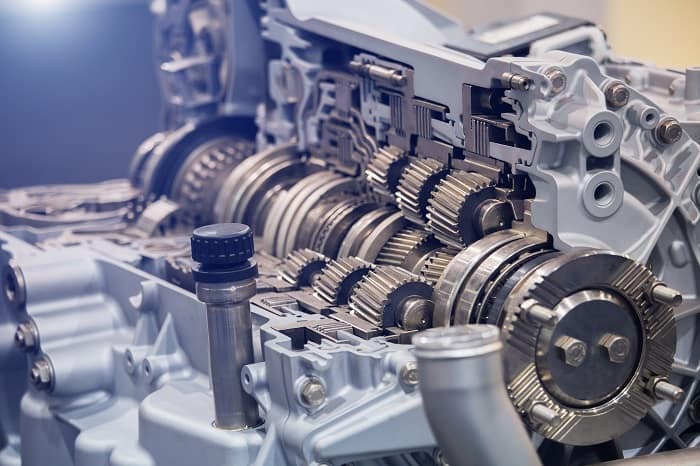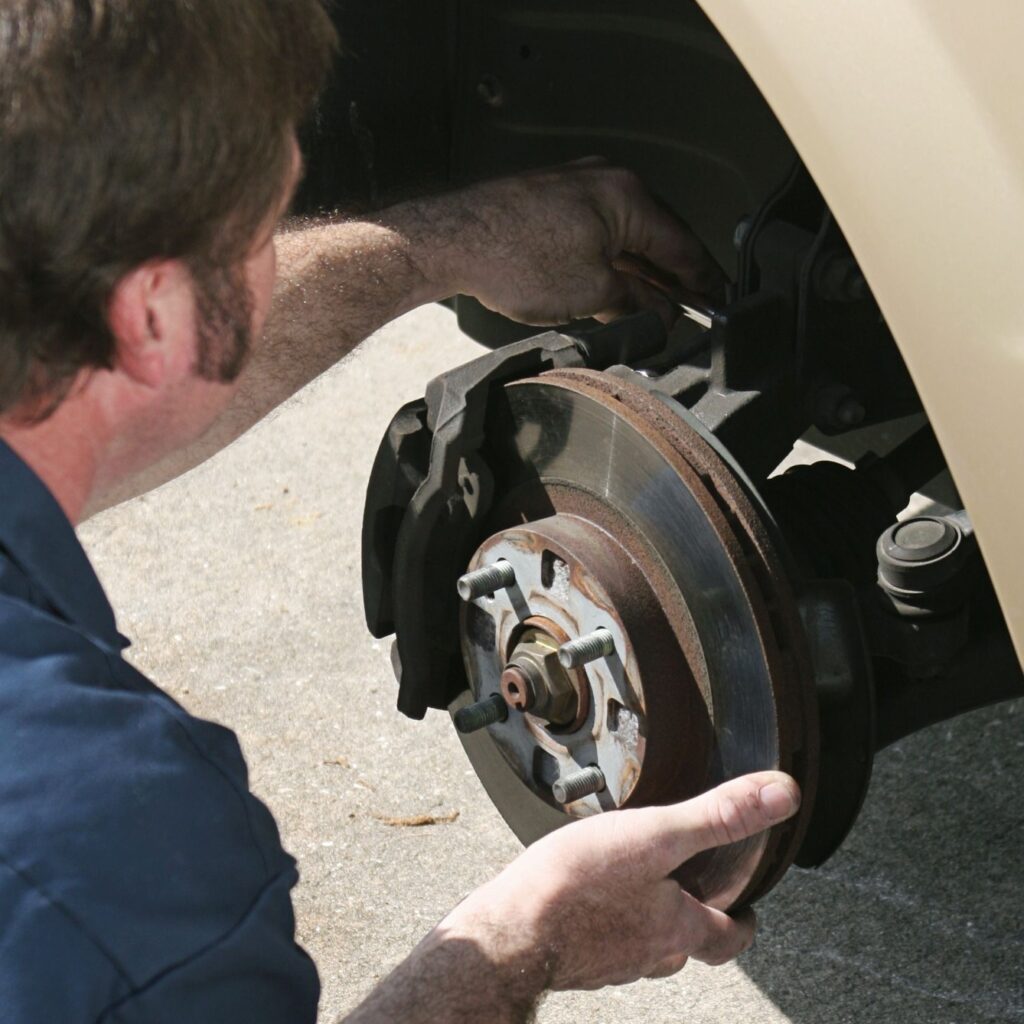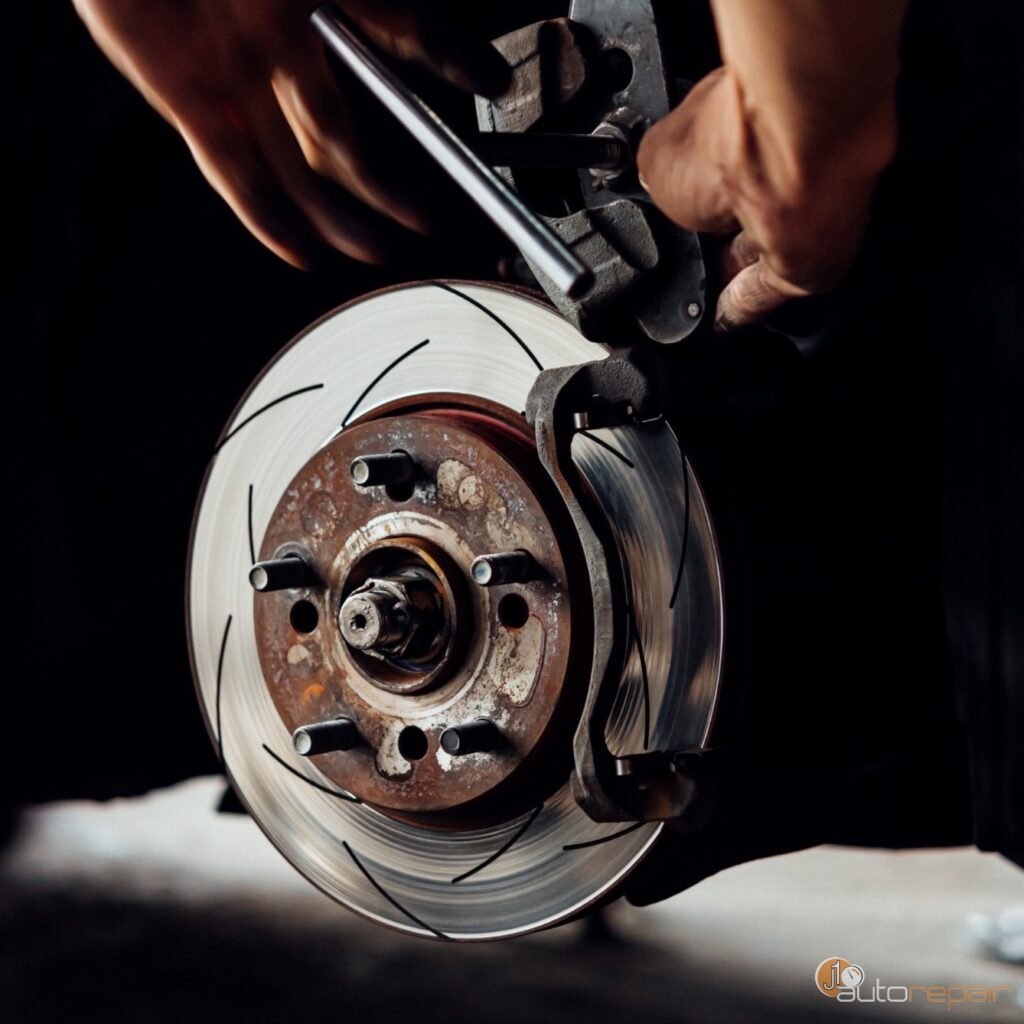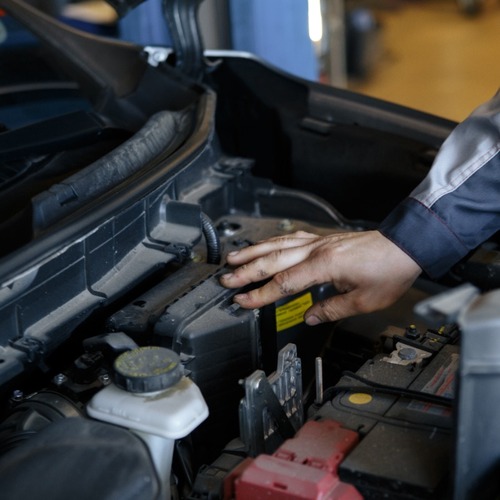
Pinion Seal a Crucial Part
A pinion seal leak might not sound like a major issue, but it can lead to significant problems if left unaddressed. The pinion seal is crucial to your vehicle’s differential, preventing gear oil from leaking out. When this seal fails, it allows gear oil to escape, resulting in the differential running dry and potentially causing severe damage to the gears and bearings. If you notice a pinion seal leak, it’s essential to have it inspected and repaired promptly to avoid costly repairs and ensure the safety and performance of your vehicle.
What Would Cause a Pinion Seal to Leak?
Several factors can contribute to a pinion seal leak. Here are some common causes:
- Wear and Tear: Over time, the pinion seal can wear out due to constant exposure to heat, friction, and contaminants. As the seal ages, it becomes less effective at containing the gear oil, leading to leaks.
- Improper Installation: If the pinion seal was not installed correctly during previous maintenance or repairs, it might not create a proper seal. This improper installation can cause oil to leak from the differential.
- Damage from Debris: Driving on rough or unpaved roads can kick up debris that might damage the pinion seal. Even small nicks or scratches on the seal’s surface can lead to leaks.
- Excessive Heat: High temperatures can cause the seal to harden and lose its flexibility, making it more prone to leaks. This is especially true if the vehicle is subjected to heavy towing or driving in extremely hot conditions.
- Differential Fluid Contamination: Contaminants such as dirt, water, or metal particles in the differential fluid can accelerate the wear of the pinion seal, causing it to leak over time.
Is It Safe to Drive with a Leaking Pinion Seal?
Driving with a leaking pinion seal is not recommended. While it might not pose an immediate threat, it can lead to severe issues if ignored. Here’s why:
- Loss of Lubrication: The pinion seal is designed to keep gear oil inside the differential. A leak means that the differential might run low on oil, reducing lubrication for the gears and bearings. This can cause them to overheat and wear out prematurely.
- Increased Wear and Tear: Without adequate lubrication, the differential components are subjected to increased friction and heat. This can lead to significant damage, requiring expensive repairs or even complete differential replacement.
- Potential for Catastrophic Failure: If the differential runs dry due to a severe leak, it can lead to catastrophic failure while driving. This could cause the vehicle to become inoperable and result in a dangerous situation on the road.
To avoid these risks, it’s crucial to address a pinion seal leak as soon as it’s detected. Driving with a leaking seal is not safe, and prompt repair can save you from costly repairs and ensure your vehicle remains reliable.
What Are the Signs of a Bad Pinion Seal?
Recognizing the signs of a bad pinion seal can help you catch the problem early and prevent further damage. Here are some common indicators:
- Visible Oil Leaks: One of the most obvious signs is oil leaking from the differential. You might notice oil spots under your vehicle, especially near the rear differential area.
- Low Differential Fluid: If you frequently need to top up the differential fluid, it could be a sign of a leak. Regularly checking the fluid level and noticing a drop can indicate a problem with the pinion seal.
- Unusual Noises: A leaking pinion seal can cause the differential to run low on oil, leading to increased friction and heat. This can result in whining, grinding, or clunking noises coming from the rear of the vehicle.
- Vibration or Shuddering: Insufficient lubrication can cause the differential components to wear unevenly, leading to vibrations or shuddering while driving.
- Differential Overheating: If the differential becomes excessively hot, it could be due to a lack of lubrication caused by a leaking pinion seal. Overheating can cause further damage and should be addressed immediately.
Call Us Today
If you suspect a pinion seal leak or notice any of the signs mentioned above, don’t wait until it leads to more severe issuesJ1 Auto Repair specializes in pinion seal leak replacement in Lombard and Wheaton, IL and can help you keep your vehicle running smoothly. Our experienced technicians will inspect your differential, identify the problem, and perform the necessary repairs to ensure your safety on the road. Contact us today at 630-932-4427 to schedule an appointment and let us take care of your pinion seal leak replacement needs. Don’t let a small leak turn into a major problem—trust us to get you back on the road safely and efficiently.
Addressing a pinion seal leak promptly can prevent costly repairs and ensure your vehicle’s longevity. With proper maintenance and timely repairs, you can avoid the risks associated with driving with a leaking pinion seal. Stay vigilant, and if you notice any signs of a leak, seek professional help immediately. Your safety and the health of your vehicle depend on it.

